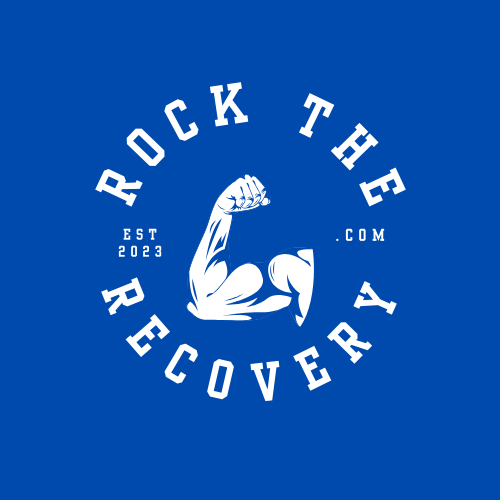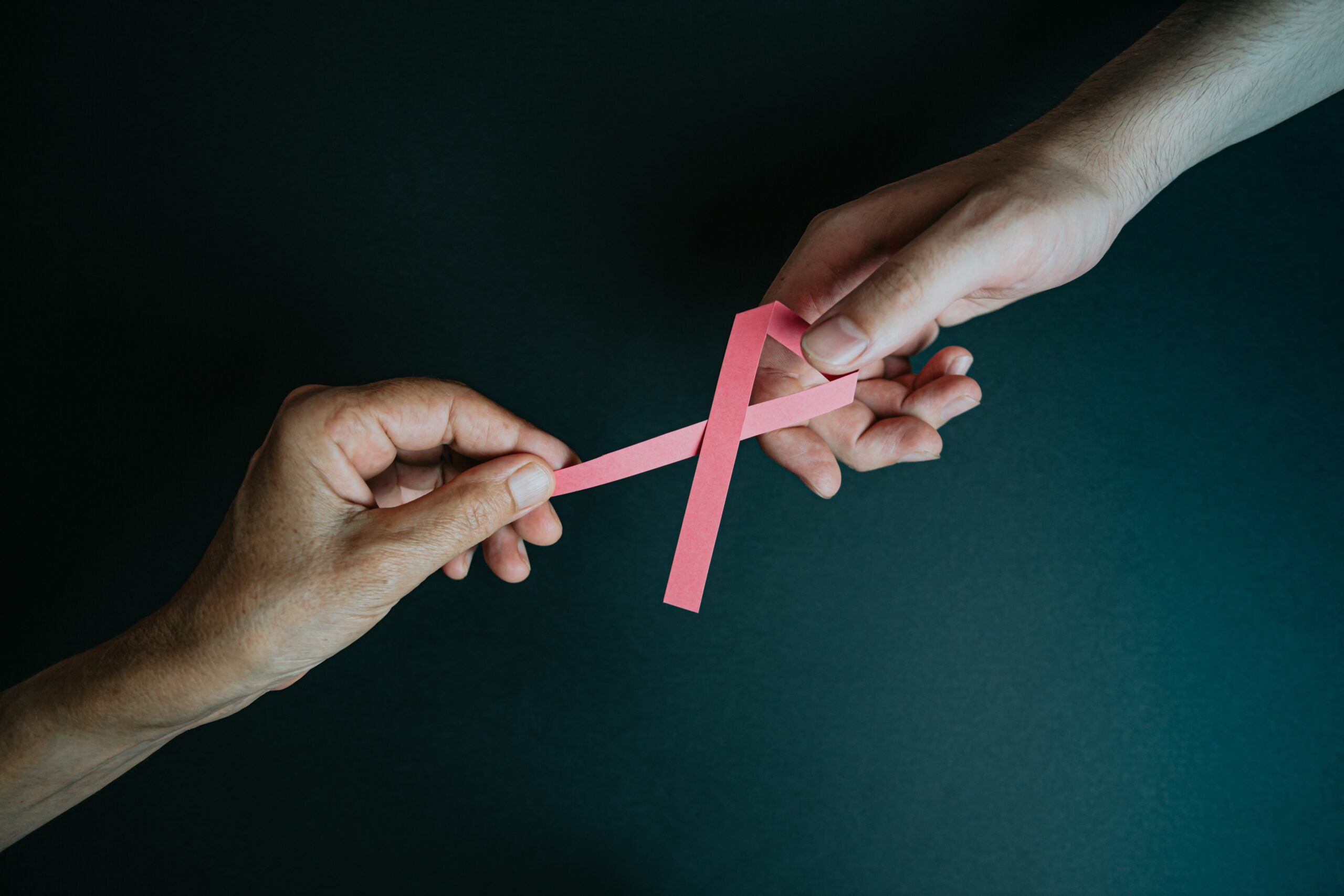Recently I had the pleasure of sitting down with a good friend of mine who recently had collaborated with Physical Therapists on a research paper. The paper discussed how PT could actively participate in treating a specific Cancer side effect: Chemo-induced peripheral neurotoxicity (CIPN). He summarized explaining how PT can aid the patient and medical oncologists in diagnosis/management as well as treatment for this prevalent and life altering side effect. He then asked me my experience with Cancer treatment. I took pause for a moment. In my 15 years of practice, there have been less than a handful of instances of treating someone specifically due to their Cancer or Cancer treatments. Am I alone in this, or are we not being allowed to join the good fight against Cancer?
Obviously, this is not true for all PTs out there. The research article is written by two PT’s the first author: a Residency trained in Oncology-PT. Her Senior PT: a board-certified clinical specialist in Oncology. Treating primarily at the Smilow Cancer Hospital at Yale New Haven Health. However, with incidence of new Cancer diagnosis over 1.5 million in the U.S. (CDC.Gov). I doubt that everyone’s needs are being met via these few and far between specialized Therapists. This brings me to one conclusion. Cancer patients are not referred to PT as much as they should.
The article also discusses this specifically for the treatment of CIPN referring to the “underutilization of PT services.” They go on to discuss the advantage PT provides with helping in recognition and management of the diagnosis. Partially due to our additional time spent with patients compared to their other healthcare teamates. Additionally, our ability to treat the symptoms of the neuropathy as well as the consequences of its impairments. This begs the question, is the typical outpatient provider prepared for this, and are MDs prepared to refer to us?
A few weeks ago, I was speaking to someone who had just undergone a mastectomy. I asked her if she was going to PT. She responded: “No, I asked my Doctor, and he said I didn’t need to. He said to just do the exercises on the handout, and you will be fine. The PT’s typically go too aggressive anyway.” This made my heart sink. The MD was more confident in the patient doing the exercise and stretching than having a PT do it? This for one is false, but also two, setting someone up for missed opportunity for greater recovery. Here you have a situation where the patient actively asked about it but was turned away from our services. Then the MD put down our profession to boot!
We as a profession need to prepare ourselves for these patients. Be it, continuing education, or research articles like the one described above. It is our duty to treat this patient with a full understanding of what they are going through. As well as how their Cancer treatments affect them and our treatment implementation. This is why articles like this are crucial to bring light to the subtleties of Cancer treatment for those of us who do not do this on a daily basis. We have to go beyond the knowledge of what modalities are contraindicated. This CIPN article goes into great detail regarding symptomology as well as treatment protocols and can be a great tool.
This way we can prove ourselves to Oncology MD’s who question the efficacy of our services. The research is here to prove that our treatment can improve multiple impairments that come along their recovery. This population of patients deserve to be provided every possible avenue to improve their symptoms, and this disease is not going anywhere anytime soon. Patients need to be provided the option of PT in their goals of care discussions when appropriate. We need to be ready for them!
Thank you to the 5 contributing authors on this paper, you have inspired me, here is the link:
https://pubmed.ncbi.nlm.nih.gov/37086308/

